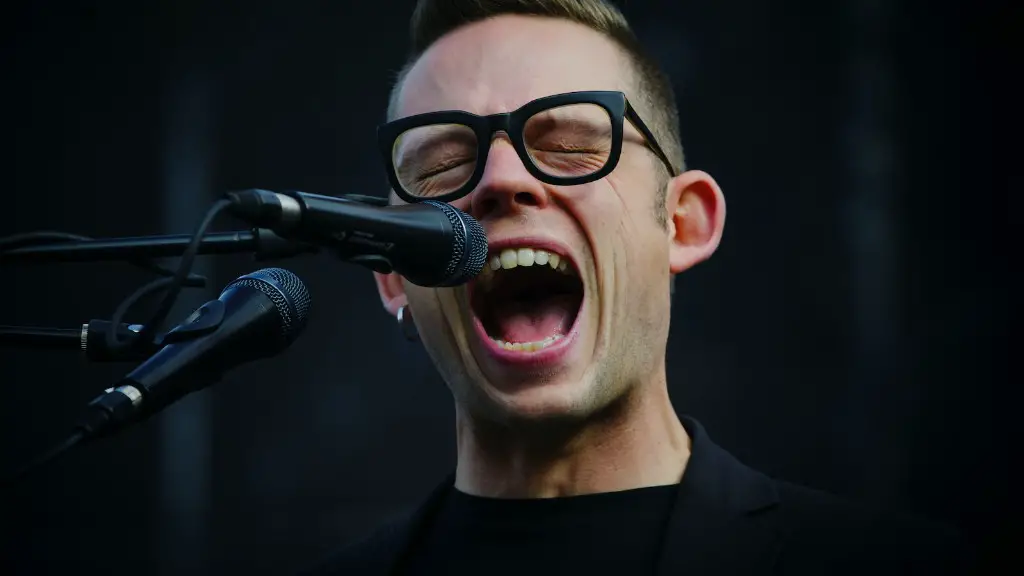You don’t have to be an artist to draw a cartoon bear. All you need is a pinch of creativity and a few simple tips to get you started. You’ll be creating masterpieces in no time! Here’s a quick look at some essential things to remember when drawing a cartoon bear.
- Start off with a simple sketch – The trick to drawing a bear is to keep your sketch as simple as possible. This helps you get the proportions right and avoid errors. Begin by drawing an oval for the body and two circles for the head and paws.
- Humanize it – No two bears look exactly alike, but you can add some character to your drawing by endowing it with human-like body language. This will also add some authenticity and emotion to your artwork.
- Focus on the facial features – The features – eyes, nose, and mouth – will make or break your drawing. Give extra attention to their placement and size for a more accurate and captivating bear.
- Color it up – Finally, use your imagination and creativity to bring color to your bear. Play with different hues to give your bear its own personal touch.
Now that you have the basic tips, here are some steps on drawing a cartoon bear that can really spruce up your creative drawing abilities.
Step 1: Draw the shape of the bear – Start off by sketching the shape of the bear. Take your time to get the proportions right and draw lightly so you can adjust or erase anything if needed. Use an oval for the body and two circles for the head and paws.
Step 2: Give your bear a face – This is where your creativity will come into play. Sketch the nose, eyes, and mouth in the correct locations and give the face some expression. Remember to add the ears and fur for accurate detailing.
Step 3: Add textures and details to the fur – Using a pencil, draw the fur with zig zags and a cross-hatching or stippling effect to give it some texture. You can also add some fur patterns – stripes or dots – to make it look even more interesting.
Step 4: Add the finishing touches – Use a fine-tipped marker to draw the border of the bear’s fur. To give your bear its own personal touch, you can add some colorful accents to its fur. Lastly, erase all the pencil marks so the ink lines are the ones that show.
Step 5: Color it – Choose any color of your preference and get to work. If you want to give your bear a realistic look, use a lighter color for the fur and a darker color for the eyes, nose and mouth.
You can also add patterns and textures to your bear with different types of markers. Colorful highlights will give your cartoon bear a unique look. And don’t forget to have fun! With enough practice, you’ll be able to draw perfect cartoon bears in no time.
To take your cartoon bear drawing to the next level, you can start by adding some background elements. Drawing a landscape, trees, and houses can really give your bear a life-like look. You can even add some other animals along with your bear.
With a bit of imagination, you can make your cartoon bear come alive. Draw a big bubble for the bear to “speak” and give your cartoon character a voice of its own. This can be a fun exercise for anyone looking to improve their drawing skills.
Adding color to your cartoon bear drawing is also a great exercise. Different shades and textures can be combined to create a truly captivating effect. Be sure to experiment with different color combinations to achieve the effect you’re looking for.
With these steps, you should be able to draw a cartoon bear that stands out from the rest. Remember to use the simple sketch as your starting point and be creative with the details and the color palette. A little goes a long way in making your bear look one-of-a-kind.
